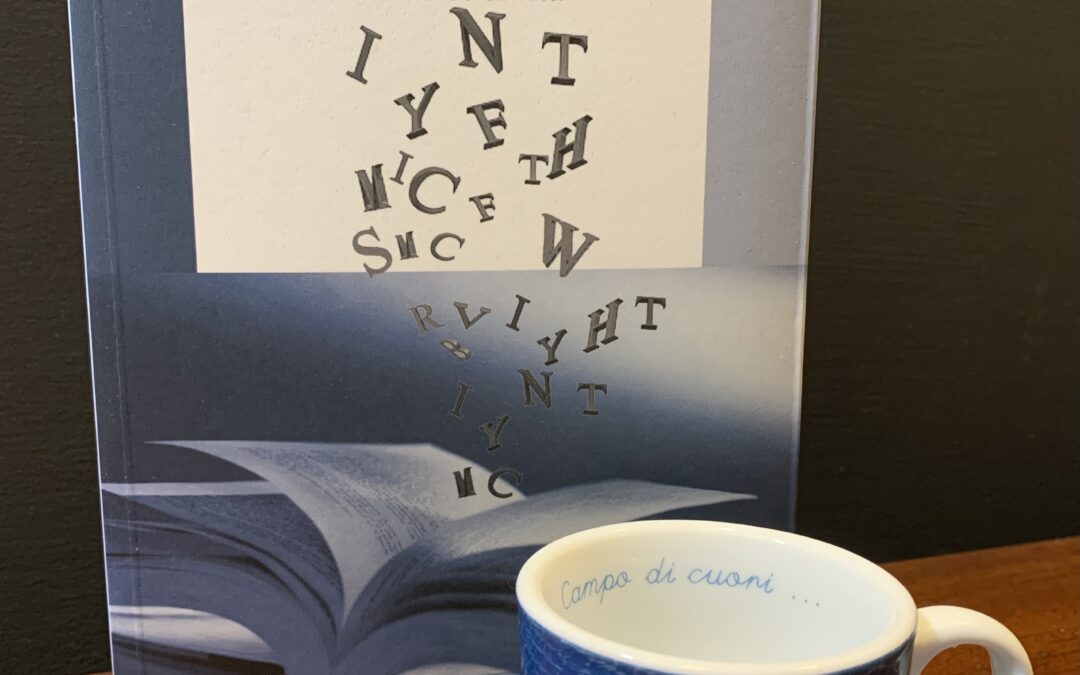
TASHIROJIMA: ISLAND OF CATS
Tashirojima 田代島 is an enchanting island populated mainly by cats.
Hidden among the waves of the Sea of Japan, Tashirojima emerges as an enchanted oasis where pussycats reign supreme.
Located in Miyagi Prefecture, this small island has become world famous as ‘The Island of Cats’, a place where feline inhabitants outnumber humans and where the presence of these creatures is honoured as an ancient tradition.
The history of Tashirojima is intertwined with the bond between the island and its cats. Over the centuries, local fishermen are said to have believed that the presence of cats brought good luck and prosperity to their boats and fishing.

Today, Tashirojima is a unique tourist destination, captivating visitors from all over the world with its picturesque landscape and feline population.
Wild cats roam freely around the island’s streets, interacting with tourists and providing moments of joy and entertainment.

The islanders have also built several ‘neko-jinja’ (cat shrines) in honour of their furry friends, where visitors can pay their respects and leave offerings such as toys or food for the cats.
In addition, there are also some tourist facilities on the island that welcome visitors eager to experience the unique atmosphere of this feline community.

For cat lovers, Tashirojima is a true paradise on earth.
Here they can stroll through the island’s picturesque coastal landscapes, interact with a diverse cat population and fully immerse themselves in the culture and tradition surrounding these fascinating animals.
In conclusion, Tashirojima is much more than just an island: it is a world apart, where the presence of cats is considered sacred and where daily life is permeated by the magic and affection of these adorable animals.
For anyone seeking an escape from the hustle and bustle of modern life and a unique encounter with Japanese nature and culture, Tashirojima is the perfect place to explore and discover.
Massimo
























 Hi I'm Claudia and this is KCDC.
Hi I'm Claudia and this is KCDC.




OPINIONI